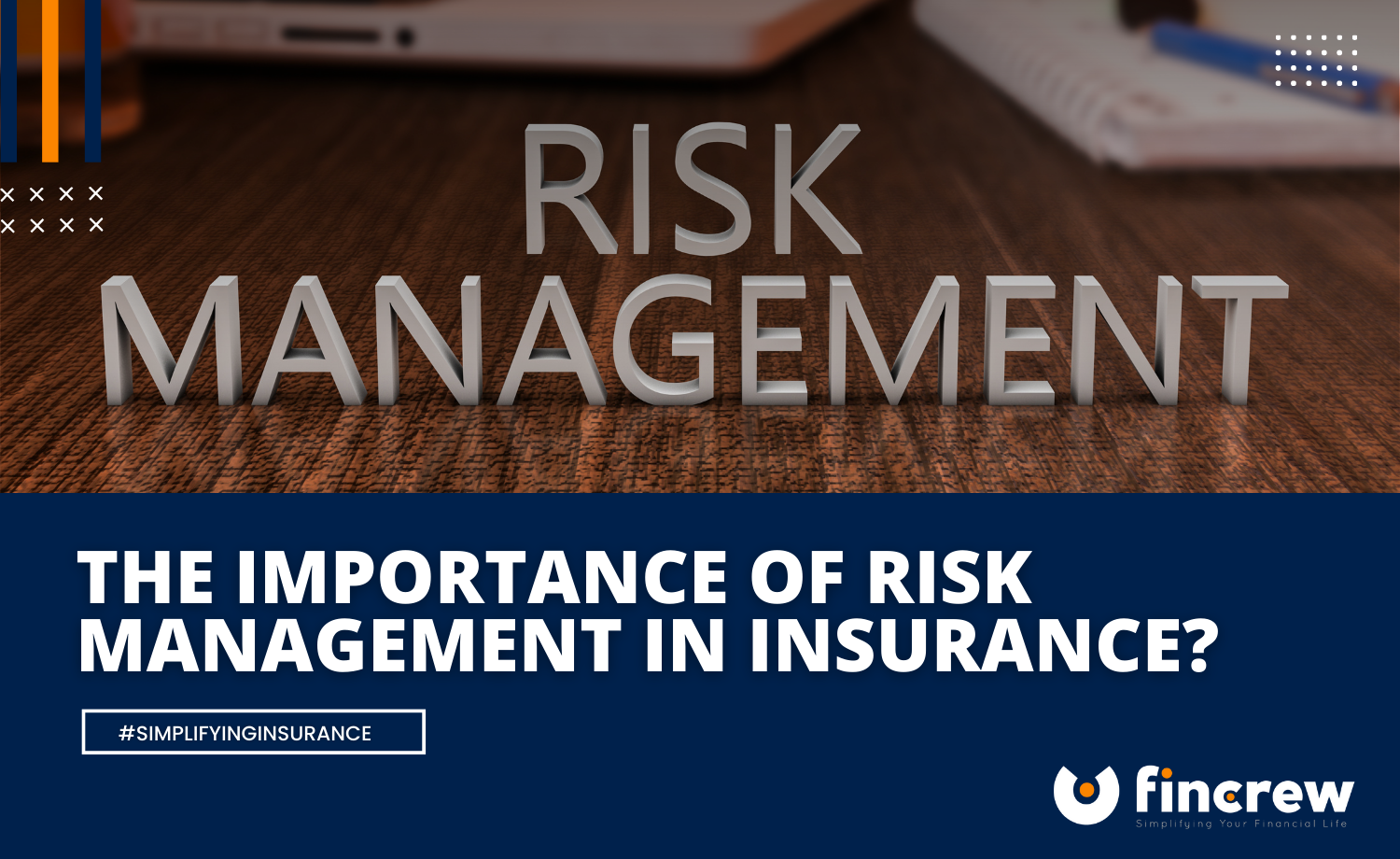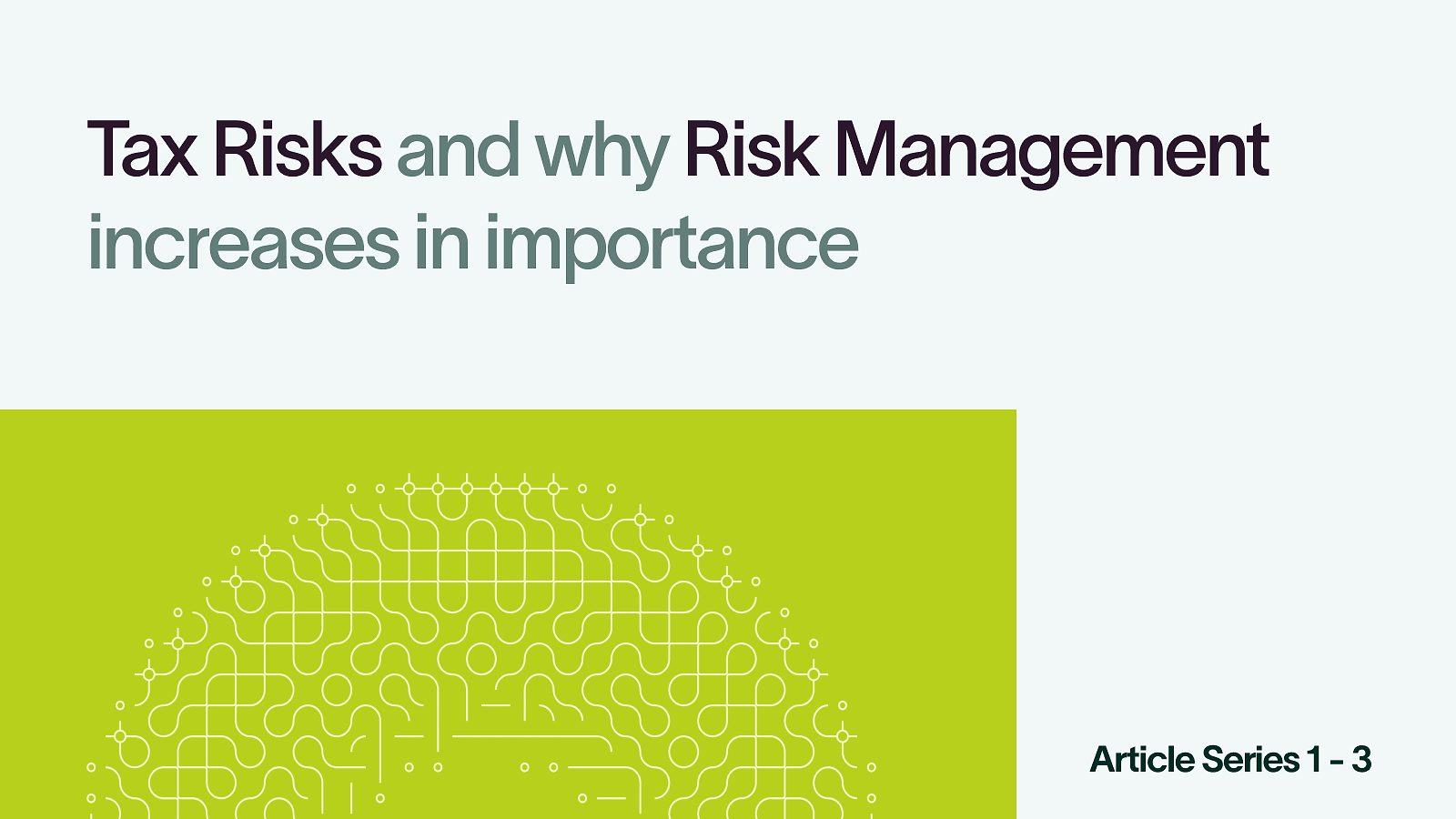The Vital Relevance of Risk Management in Achieving Business Goals
This is where Risk Management actions in, offering an organized technique to identifying, analyzing, and mitigating prospective obstacles to progress. As we discover the vital duty of Risk Management in achieving business goals, one can not assist yet question: just how does this convert right into real-world success?
Recognizing the Principle of Risk Management in Service

The Integral Function of Risk Management in Strategic Planning
Incorporating Risk Management right into calculated planning acts as a safeguard for companies, securing their long-lasting plans with a strong foundation of readiness and resilience. Risk Management offers a structure for expecting uncertainties and devising ideal actions, making sure the organization's survival and success even in the face of adversity. By including Risk Management into strategic preparation, organizations can change these uncertainties right into chances for growth and development.

Methods for Identifying, Assessing, and Prioritizing Dangers
Navigating the facility landscape of dangers requires the application of specific techniques for their recognition, prioritization, and evaluation. The process starts with Risk identification, utilizing devices such as SWOT evaluation, which assists in pinpointing prospective threats and possibilities. Next, Risk assessment is carried out to establish the potential influence and probability of each Risk. Devices such as Risk matrices and impact-probability graphes are used for this. Risks are prioritized based on their potential impact and probability, enabling organizations to focus their sources on high-priority risks. This methodical approach guarantees a thorough understanding of the Risk landscape, allowing organizations to make educated choices and properly manage dangers to accomplish their objectives - importance of risk management.
Protecting Organizational Operations Through Effective Risk Management
In business landscape stuffed with unpredictabilities, effective Risk Management plays an essential role in safeguarding business operations. It acts as a protective guard, mitigating the adverse results of possible threats and ensuring the smooth functioning of all processes. By determining and assessing prospective dangers, Risk Management allows organizations to establish robust contingency plans. This precautionary approach aids in keeping functional security, even when faced with unexpected situations. Fundamentally, Risk Management is the lifeline that maintains the organizational procedures afloat in the middle of rough waters. It guarantees not just the survival yet the sustainable development of an organization, making it here a crucial device in achieving organization goals. Hence, companies need to buy comprehensive Risk Management strategies to guard their procedures.

Transforming Potential Threats to Opportunities: The Power of Risk Management
While potential risks might at first appear as barricades to organizational success, efficient Risk Management can transform them into possibilities. A proactive method to take the chance of Management involves determining, analyzing, and prioritizing dangers to design techniques that transform them right into potential benefits. This procedure requires the development of a risk-aware culture within the company, encouraging individuals to check out threats as prospective catalysts for modification and growth, as opposed to mere risks. importance of risk management. Via this lens, potential threats become chances to innovate, enhance processes, and enhance durability. Therefore, by leveraging the power of Risk Management, companies can not only secure their procedures however additionally stimulate development and achieve their goals in an unforeseeable service setting.
Case Studies: Success Stories of Risk Management Driving Service Objectives
Effective implementation of Risk Management techniques has actually generated impressive results in different companies, highlighting the advantages of this method. Multinational companies like Microsoft and Google, as an example, have actually leveraged Risk Management to minimize hazards and manipulate possibilities, driving their service Website goals forward. Microsoft's proactive Risk Management approach aided it pivot promptly during the 2020 pandemic, transitioning to remote work efficiently, therefore keeping efficiency. Google, by examining and alleviating prospective dangers in its cloud-based services, has actually made certain nonstop solution, thus strengthening customer trust. These examples highlight exactly how effective Risk Management can not only guide businesses clear of possible mistakes but additionally direct this them in the direction of their calculated objectives. Hence, Risk Management is integral to the quest of organizational objectives.
Conclusion
To conclude, Risk Management is essentially important in achieving organizational objectives. It provides an organized method to recognizing, analyzing, and resolving possible dangers and possibilities. More than simply mitigating dangers, it additionally cultivates advancement, resilience, and lasting growth. By incorporating Risk Management into tactical preparation, organizations can much better browse unpredictabilities, guard operations, and capitalise on opportunities, thus lining up with lasting purposes.
At its core, Risk Management is the procedure of determining, examining, and resolving prospective dangers that might negatively impact a company's objectives or procedures. Next off, Risk assessment is conducted to ascertain the possible effect and possibility of each Risk. Threats are focused on based on their prospective effect and probability, permitting companies to focus their sources on critical risks. By identifying and analyzing possible threats, Risk Management allows organizations to develop durable backup plans. A proactive method to run the risk of Management includes recognizing, assessing, and prioritizing threats to design strategies that turn them right into potential advantages.